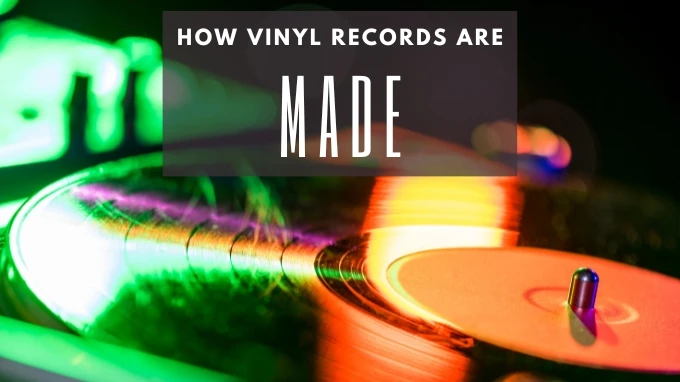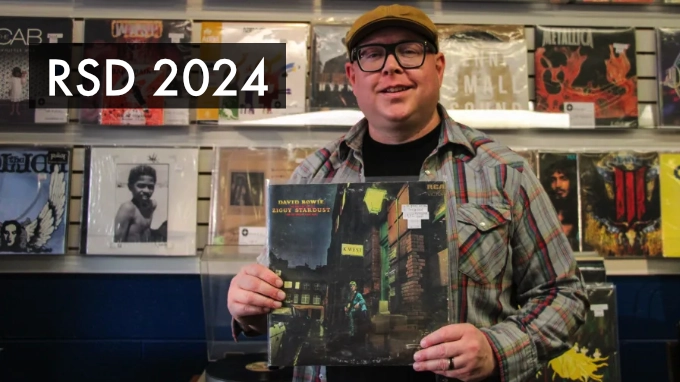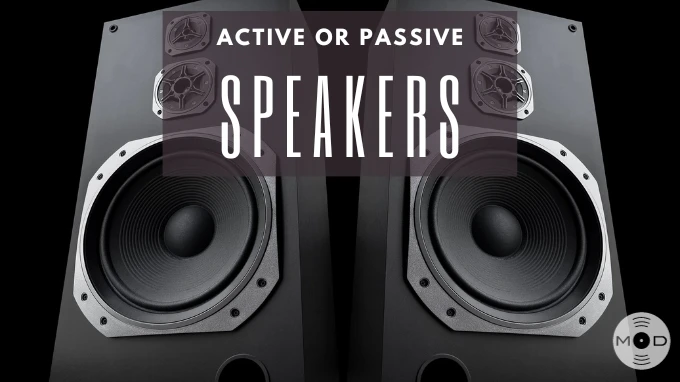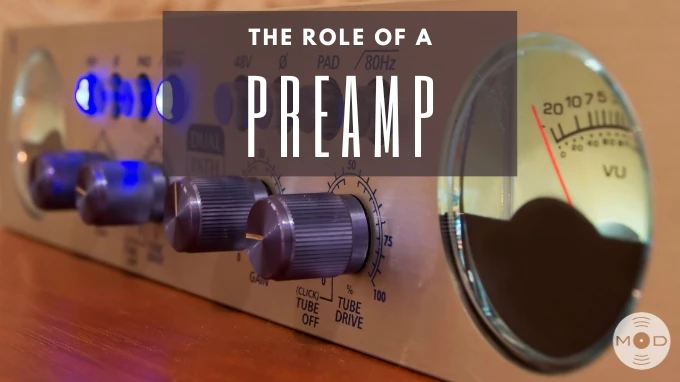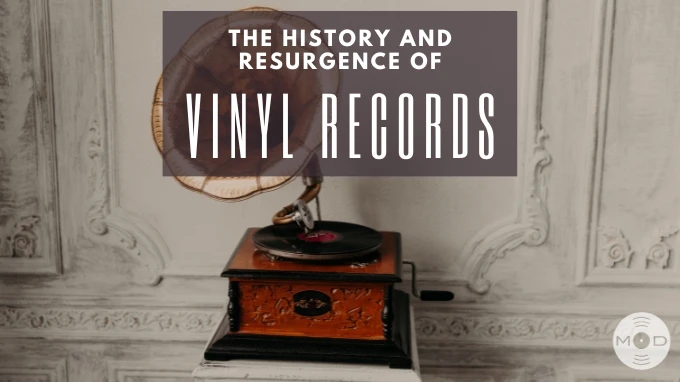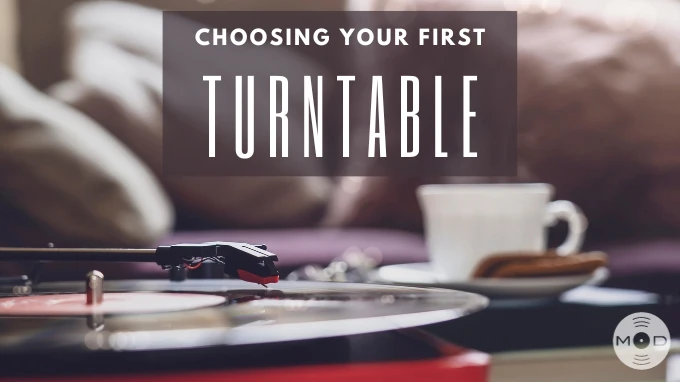From Studio to Turntable: The Fascinating Journey of Vinyl Record Manufacturing
Creating a vinyl record is an art form, a meticulous process that transforms an artist’s vision into a tangible piece of music. This journey from the recording studio to the turntable in your home is both fascinating and complex. Here, we’ll explore how music is immortalized on vinyl, highlighting the key stages of the manufacturing process and how they have evolved over the years, including the intriguing world of colored vinyl.
The Recording Studio: Capturing the Music
It all begins in a recording studio, where artists and producers work together to create music. This music is recorded and mixed, resulting in a master track. Traditionally, this process was done using analog equipment, but digital recording is more common today. Regardless of the method, the goal is the same: to create a final master track that captures the essence of the music.
Mastering for Vinyl
Once the studio recording is complete, the track undergoes mastering specifically for vinyl. This step is crucial, as it ensures that the nuances of the sound translate well to the physical format. The mastering engineer makes adjustments to accommodate the limitations of vinyl, such as the dynamic range and frequency response.
Cutting the Lacquer
The first physical step in vinyl production is cutting the lacquer. A lacquer disc coated with a nitrocellulose lacquer is placed on a lathe. The mastering engineer uses a cutting lathe equipped with a sapphire or diamond stylus to cut the audio grooves into the lacquer. This process is delicate and requires precision, as the grooves must precisely mirror the master recording.
Electroplating: Creating the Stamper
The lacquer disc is then sent for electroplating, where it is coated with a thin layer of metal, usually nickel. This creates a metal master, which is then separated from the lacquer. The metal master undergoes further electroplating to produce a stamper, the negative image of the record grooves.
Pressing the Records
The stamper is then used to press the actual records. Vinyl pellets, made of PVC (polyvinyl chloride), are heated and molded into what’s called a “biscuit.” The stamper is placed in a hydraulic press, and the biscuit is pressed between the stampers, imprinting the grooves onto the vinyl.
The Evolution to Colored and Picture Vinyl
While traditional records are black, colored vinyl has become increasingly popular. To create these, colored pigments are added to the vinyl pellets before pressing. The process is the same, but the result is a visually stunning record, often appealing to collectors. Picture discs, where images are actually pressed onto the record, use a slightly different process involving two layers of vinyl with a paper picture sandwiched in between.
Quality Control and Packaging
After pressing, each record undergoes quality control to check for defects. Once approved, records are labeled and sleeved. The final product is packaged and ready to be shipped to stores and, ultimately, into the hands of listeners.
Conclusion: A Time-Honored Process with Modern Flair
Vinyl record manufacturing is a blend of traditional craftsmanship and modern innovation. From the meticulous cutting of the master lacquer to the pressing of unique colored variants, the process remains a fascinating journey that brings music to life in a form that’s as much a pleasure to look at as it is to listen to.
For those intrigued by the timeless charm of vinyl records, Modern Sounds is your gateway to this captivating world. Whether you’re a long-time collector or new to vinyl, we invite you to visit us and explore the rich sounds and stories that vinyl has to offer.


